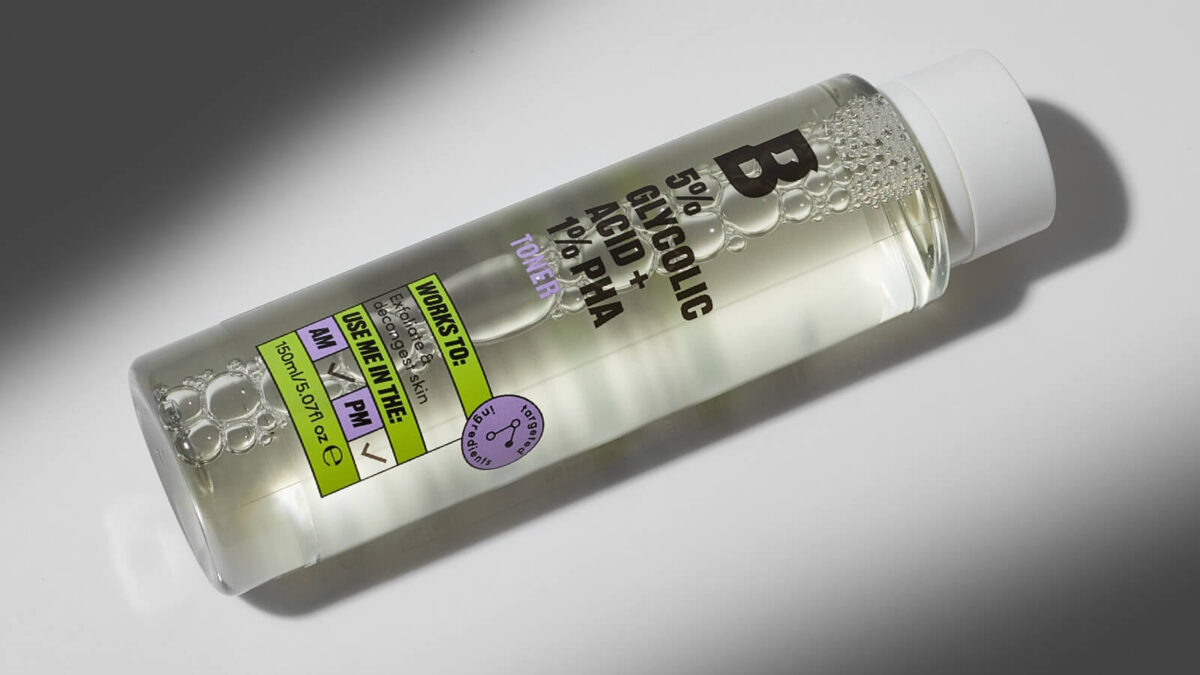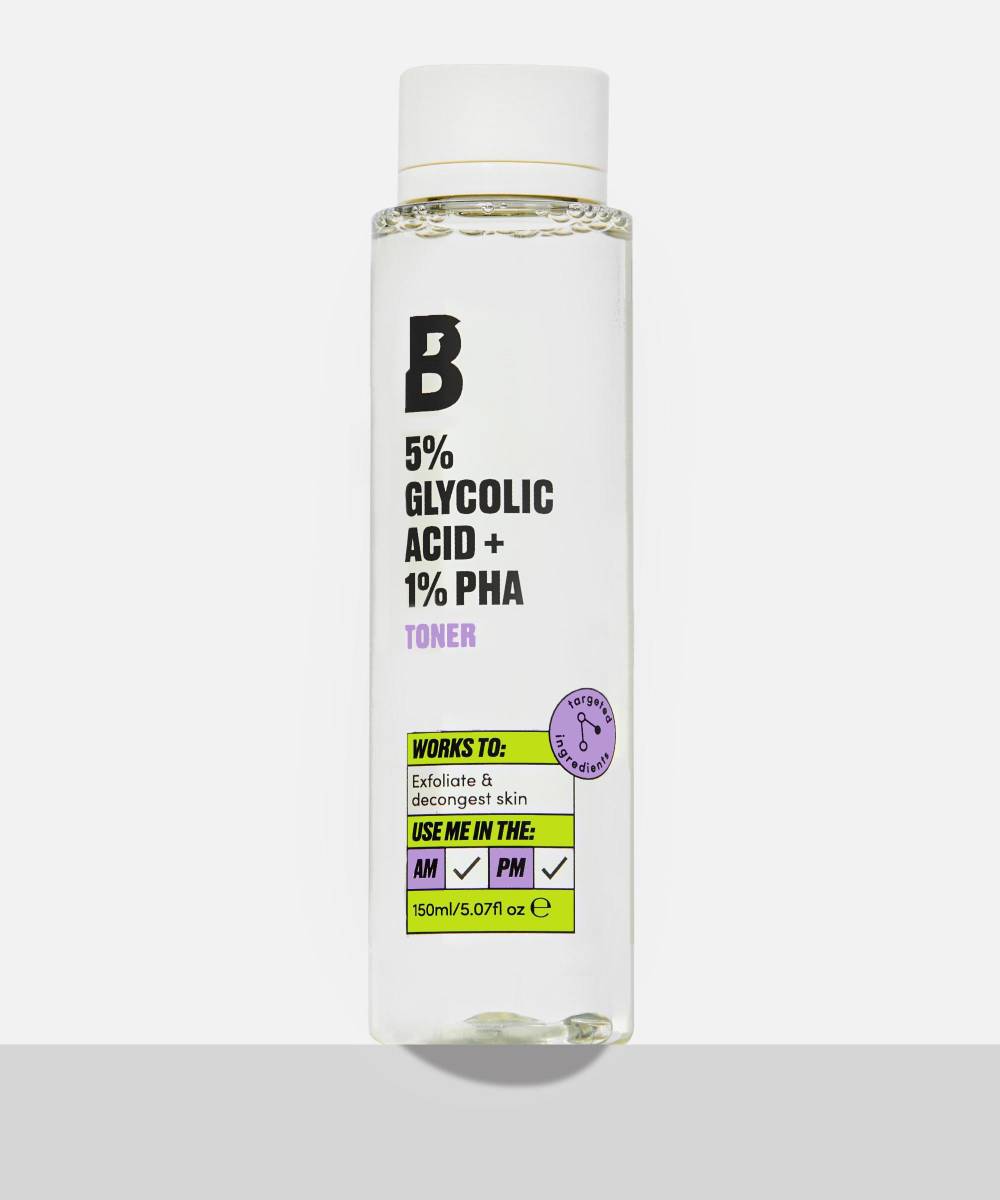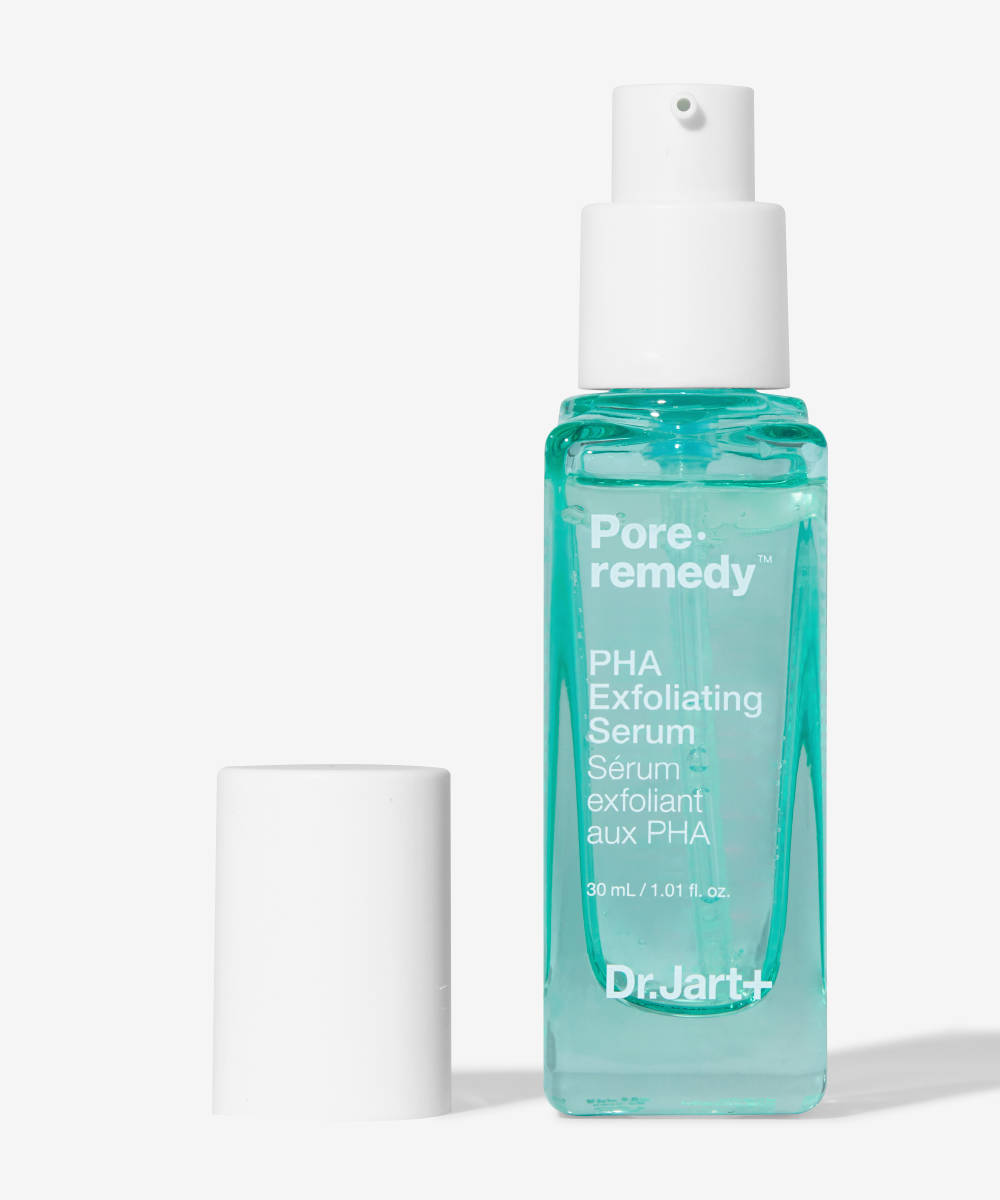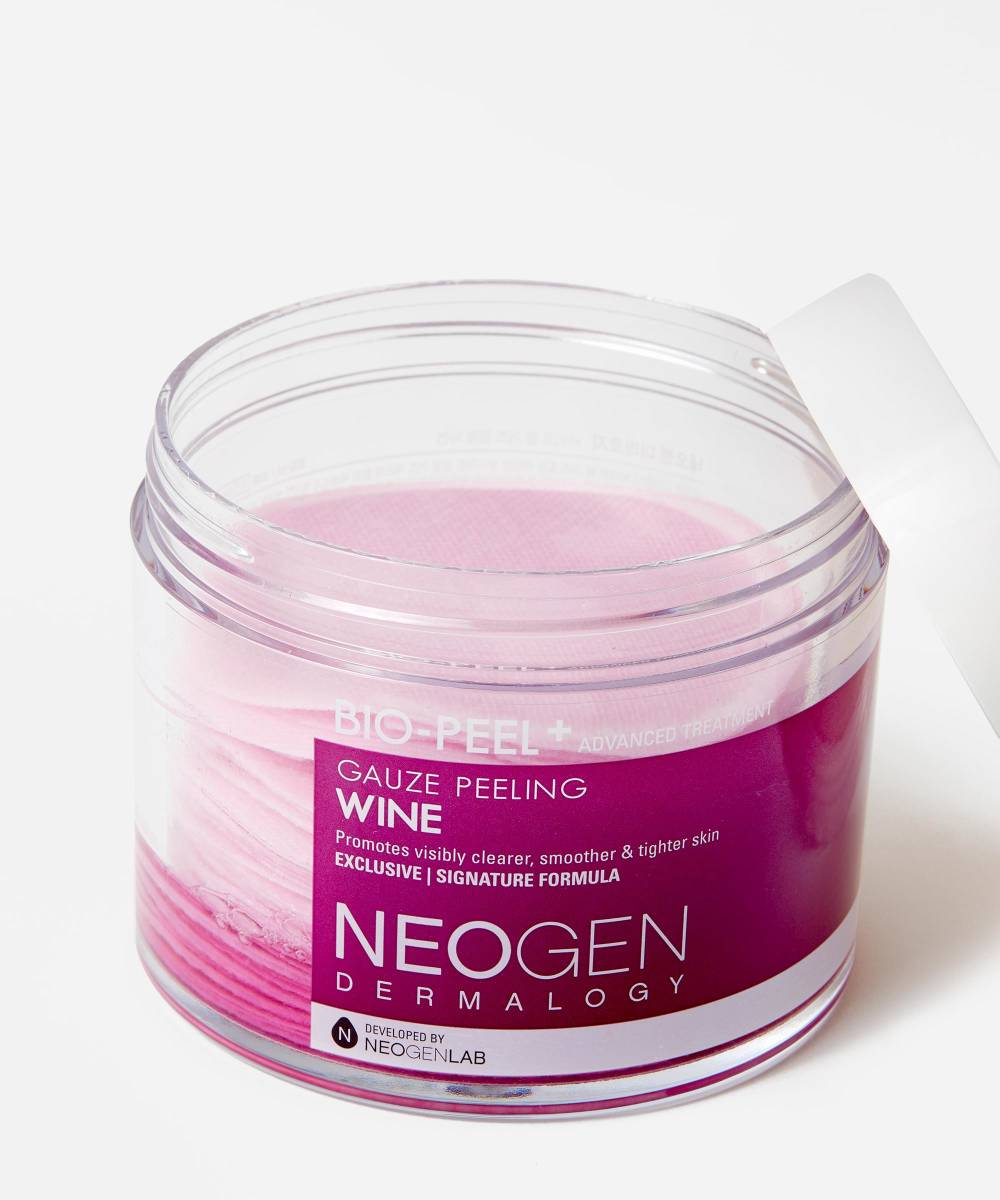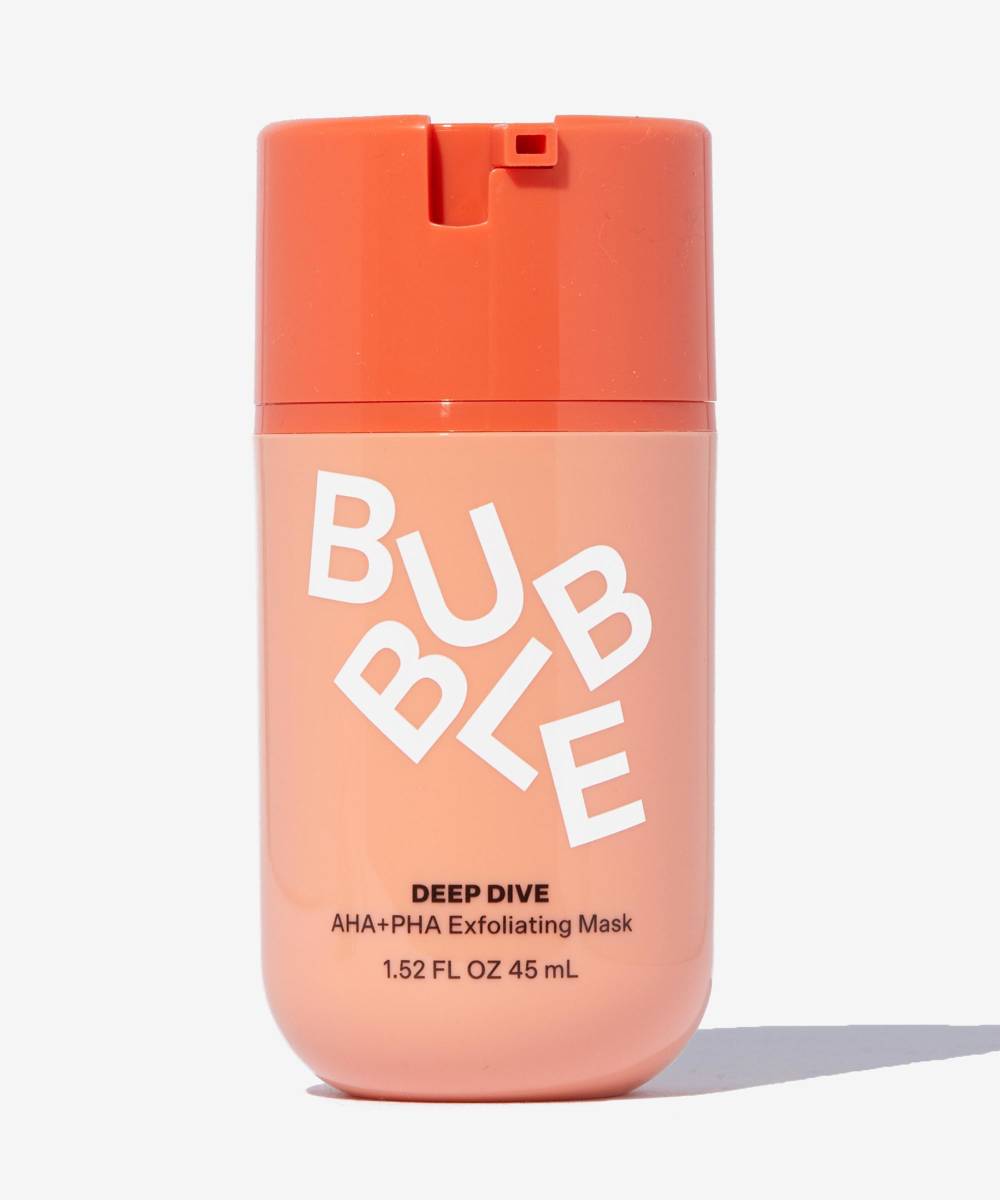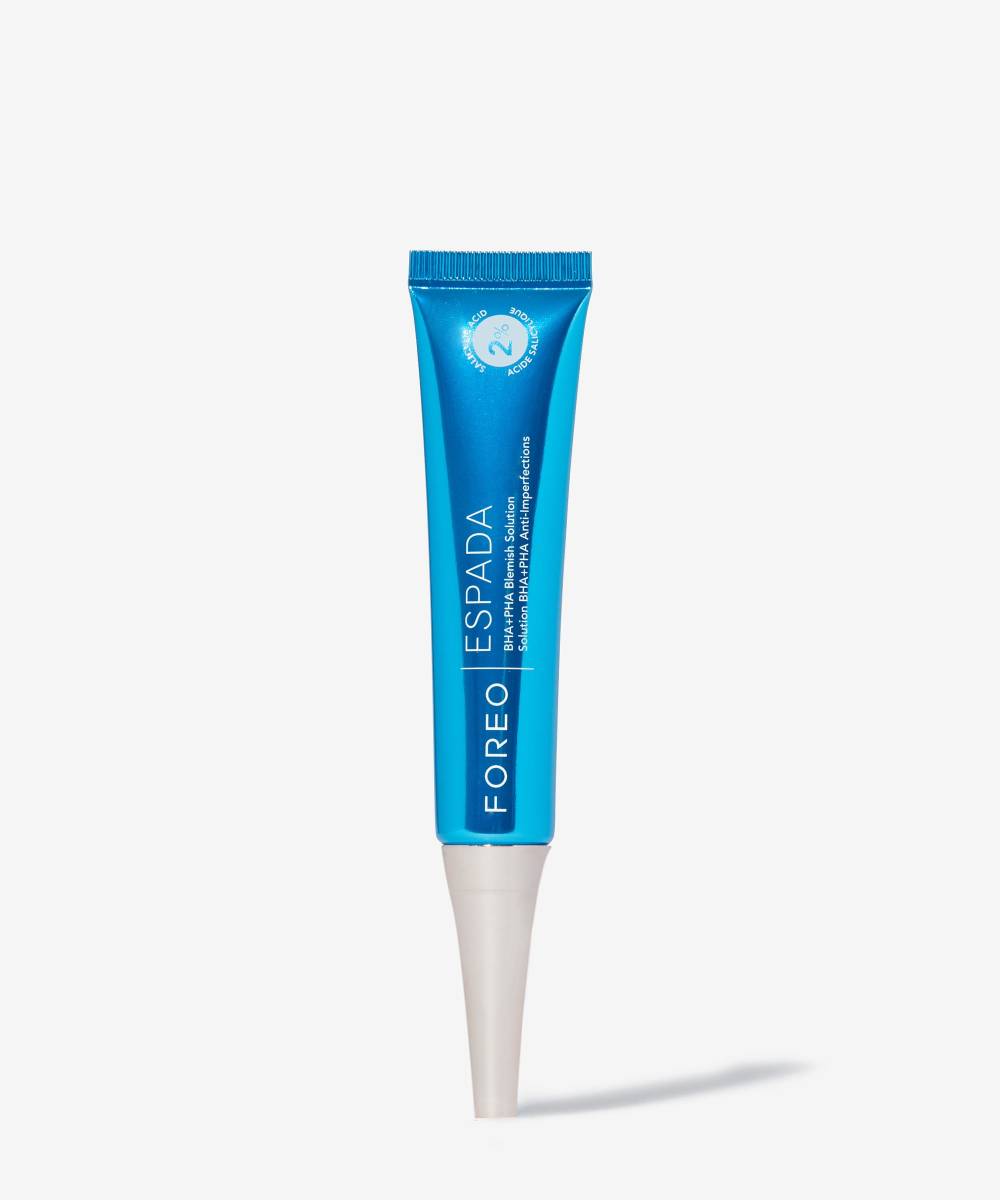You’ve probably heard of alpha hydroxy acids (AHAs) and beta hydroxy acids (BHAs), but you might not yet have heard of polyhydroxy acids (PHAs). However, if your skin is on the sensitive side or you’ve struggled to use AHAs in the past, PHAs might just be the ticket to your glowing skin. The even better news? It’s difficult to overdo it with PHAs, which can’t be said for many stronger acids, but there are still a few things to note before starting.
We dive into exactly what PHAs are, the benefits of PHAs, and how to use them. Scroll on for glowing skin.
What are polyhydroxy acids?
Just like our favourites glycolic acid and lactic acid, PHAs are a group of exfoliating acids. The magic in PHAs lies in that they’re far gentler than all the AHAs and BHAs out there. In the PHA group, you’ll often find lactobionic, gluconolactone, and galactose acid. Gluconolactone is the most commonly found in skincare and is made from sugar, as is galactose acid. Lactobionic acid is derived from milk, or as the name suggests, lactose,
PHAs often come in toners, masks and serums, but they can also be found in some moisturisers.
How do polyhydroxy acids work?
You might be wondering what makes PHAs any different from AHAs, and it all lies in the molecule size. Essentially, PHAs are larger molecules, which means they can’t penetrate the skin as deeply. Although this sounds like they’re not as effective, this is exactly what you want when you have sensitive skin.
They work by ridding the very top layer of dead skin rather than going too deep into the skin, which can lead to irritation, particularly if you have sensitive skin. This means it’s particularly good for acne if you find that other breakout products are a little too strong or drying.
What do polyhydroxy acids do?
The first and most important role of PHAs is exfoliation. This gentle chemical exfoliation rids dead skin cells from the top layer and therefore, dullness from the surface. This can also help with skin tone and texture, plus with fine lines and sun damage.
Not only do PHAs exfoliate the skin, but they also work by increasing your skin’s production of glycosaminoglycans, which means it holds onto water. Thanks to the humectant properties, you’ll find PHAs great for dry skin as they prevent moisture loss.
What’s more, PHAs have antioxidant properties, helping with any free radical damage caused by UV rays.
When should you use polyhydroxy acids?
The great news is that because they’re gentle, pretty much everyone can use PHAs. However, for extremely dry skin or conditions like eczema, it’s worth consulting with an expert prior to switching up your skincare.
To introduce PHAs into your routine, we recommend trying out your PHA product once a week and building up if your skin tolerates it well. Unlike AHAs, PHAs don’t increase sun sensitivity, which is a positive for many. Although that doesn’t mean you should stop wearing sunscreen.
Often you’ll find PHAs used in a formula with AHAs, which is great news if you like the benefits of AHAs, too. But it’s something to look out for if you find AHAs are a bit too strong for you.
Now you know exactly what PHAs are and how great they are, shop some of our favourites.
Try these...
Even the most sensitive skin needs a little purifying from time to time, and the BB Kaolin Clay + PHA Face Mask helps clear congested skin and rid dead skin cells without drying or stripping the skin.
If you’re dedicated to AHAs but want the benefits of PHAs too, then this toner is ideal. It works to exfoliate, brighten and smooth skin.
Want a reduced appearance of pores? This serum addresses just that with 7% gluconolactone without any unwanted dryness.
For dry skin types that still need some exfoliation from time to time, this peel treatment works wonders. Working to remove dead skin cells, revealing brighter, clear skin with zero irritation.
Don’t be fooled by the cutesy packaging of this because it’s packed full with hard-working ingredients like fruit enzymes AHAs, PHAs, azelaic acid, and more.
Think of this as an SOS for your skin. The treatment works overnight to minimise inflammation and redness in pesky breakouts thanks to a powerful blend of AHAs, BHAs, and PHAs.
Another breakout banishing treatment, this time minus the AHAs; a perfect option if you find AHAs to be a little strong for your skin type. Ideal for unclogging pores and cleaning congestion for a brighter complexion.
